Seeker Bio
Joggins Fossil Cliffs in Nova Scotia Canada
UNESCO World Heritage Site at Joggins NS
At Joggins Fossil Cliffs in NS discover fossils formed 100 million years before dinosaurs existed
A visit to Joggins Fossil Cliffs in Nova Scotia Canada is a must for any visitor to Canada. Dinosaurs first appeared on our planet over 200 million years ago. The plant, invertebrate, and vertebrate life fossilized in these cliffs dates back 100 million years earlier. In other words, we could be touching or viewing a fossil that is 300 million years old. For this reason visitors come from all over the world. The Joggins Fossil Centre was built in 2008 and showcases the important discoveries made here.
Joggins Fossil Cliffs in Nova Scotia Canada declared a UNESCO World Heritage Site
of dinosaurs.
In 2008 the Joggins Fossil Cliffs were declared a UNESCO World Heritage Site. It is considered the most complete fossil record of the Coal Age. The cliffs stretch for more than 15 kilometres. With this in mind, one can only imagine the fossils still to be uncovered. Visitors to the Amherst area of Nova Scotia are only 30 minutes by car from Joggins. From anywhere in the province, it is less than a day's drive. Therefore, a trip to this historically important area is a must.
Coal Seams are visible in Cliffs at Joggins Nova Scotia
It is one thing to know that coal is formed when trees are compressed for centuries. It is quite another to see the seam of coal running through the cliff face. We learned how the land rebounded after glaciers melted. The land then changed over long periods of history. But, here in Nova Scotia, you can see in the cliff face at Joggins where the lines have moved. To clarify, it is like seeing history of the area come alive, rather than just reading about it. The first commercial coal mine was established in 1731. Mining was intermittent over the years and ended shortly after the Springhill Mining Disaster in 1958. For this reason, the Joggins Fossil Centre tells the history of coal mining in this area, as well as the geological history.
Check the Tide Times when Visiting Joggins Cliffs
When visiting the Joggins Fossil Cliffs at Joggins Nova Scotia, you are on the edge of the Bay of Fundy. The Bay of Fundy separates much of Nova Scotia and New Brunswick. This huge body of water has the world's highest tides. To emphasize what this means, the difference between low tide and high tide varies but is around 35 feet. When the tide is out, you can walk along the floor of this basin far from shore. When the tide comes in, the basin fills deeper and deeper, high up the walls of the cliffs. As a result, this action slowly releases bits of soil over time, exposing whatever is behind it. As a consequence, the water is slowly reclaiming part of the land. Pictures in the Joggins Fossil Centre show houses standing years ago on land that has now disappeared. Whenever visiting the Joggins Cliffs, you should check the tide times as low tide varies from day to day. When the tide is in, you can still visit the Fossil Centre but you would miss out on the first hand experience of finding fossils yourself.
Evolution and Famous Visitors to Joggins Cliffs
Some fossils found here are found nowhere else on earth. As a matter of fact, Canadian Sir William Dawson, founder of modern geology, discovered fossils at Joggins that helped develop his understanding of important evolutionary changes. In addition, the fossil record here played a part in Charles Darwin's book On the Origin of Species. Although Darwin never visited Nova Scotia, he mentions the discoveries made by Sir Charles Lyell and Sir William Dawson here in his book. When visiting Joggins, we can experience some of the excitement these scientists must have felt. Never-before-seen fossils are constantly being exposed as the tides ebb and flow. Below is a picture of a fossil I found on the beach. All fossils must be turned over to the staff at the Joggins Fossil Centre. However, that does not dampen the excitement of making such a find.
Joggins Fossil Centre is a Seasonal Attraction
The Joggins Fossil Centre is generally open from May to mid-October, and closed during the winter. Be sure to check availability, as well as local tide times, before making your plans. While there is no charge to visit the beach on your own, there is a charge to visit the Fossil Centre. You can also find food and drink at the Centre's Roundhouse Cafe. The Green Crow Gift Shop, showcasing local artists and artisans, is also located in the Fossil Centre. In addition, you can book tours here starting with the basic half hour tour. A variety of tour options are available. By the time we had driven several hours on a cold and windy day, with not much time before the tide was coming in, my daughter and I chose a short tour. Nevertheless, we found it very worthwhile. A guide can point out a partly exposed fossil or identify various types of rocks. These bits of information can really enhance your visit.
In Conclusion
Visitors to Nova Scotia Canada have the unique opportunity to visit a UNESCO World Heritage Site and personally find fossils that are millions of years old. The Joggins Fossil Cliffs are within a day's drive from anywhere in the province. The Joggins Fossil Centre contains wonderful displays of the unique history of the area. Some fossils are found no where else in the world. Don't miss the opportunity.
Come discover fossils at Joggins Fossil Cliffs Nova Scotia Canada
UNESCO World Heritage Site
Canada Parks
-
British Columbia
When you subscribe to the blog, we will send you an e-mail when there are new updates on the site so you wouldn't miss them.


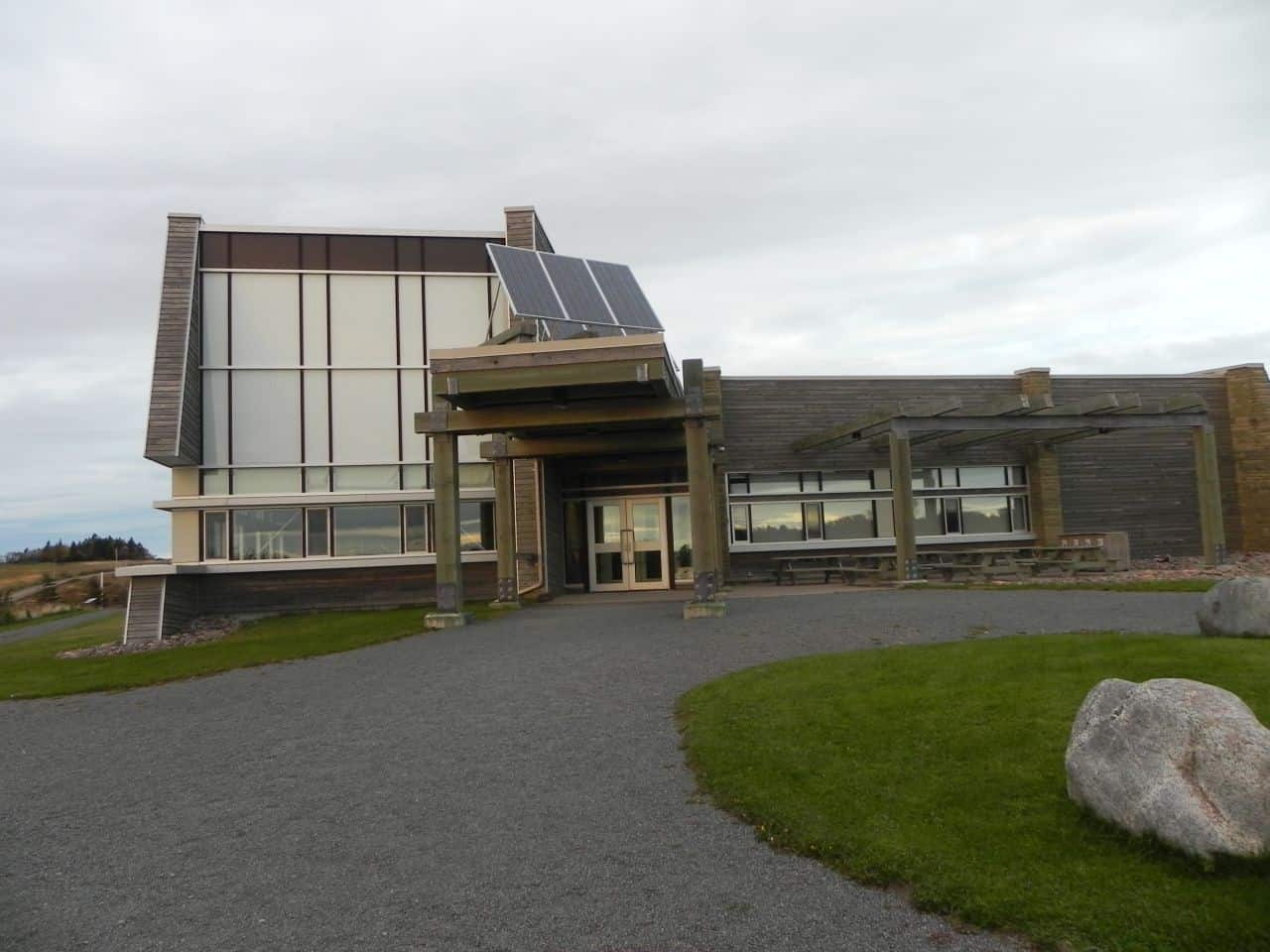
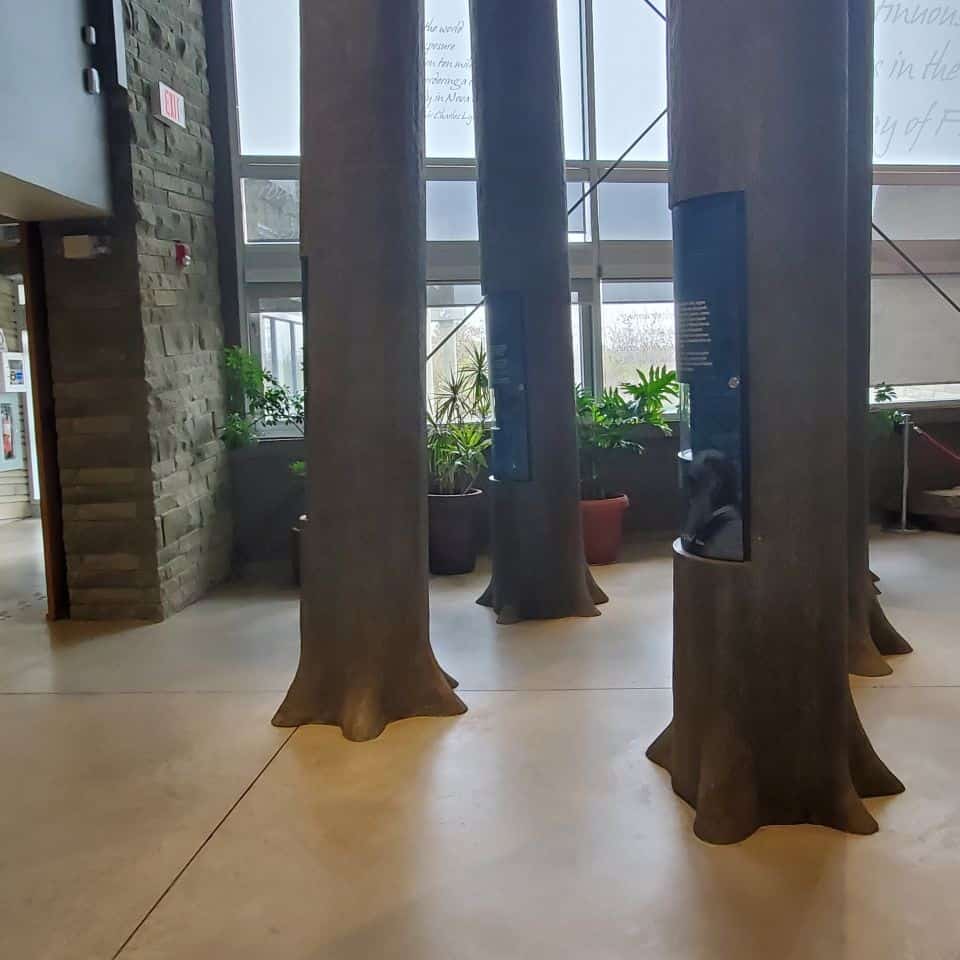
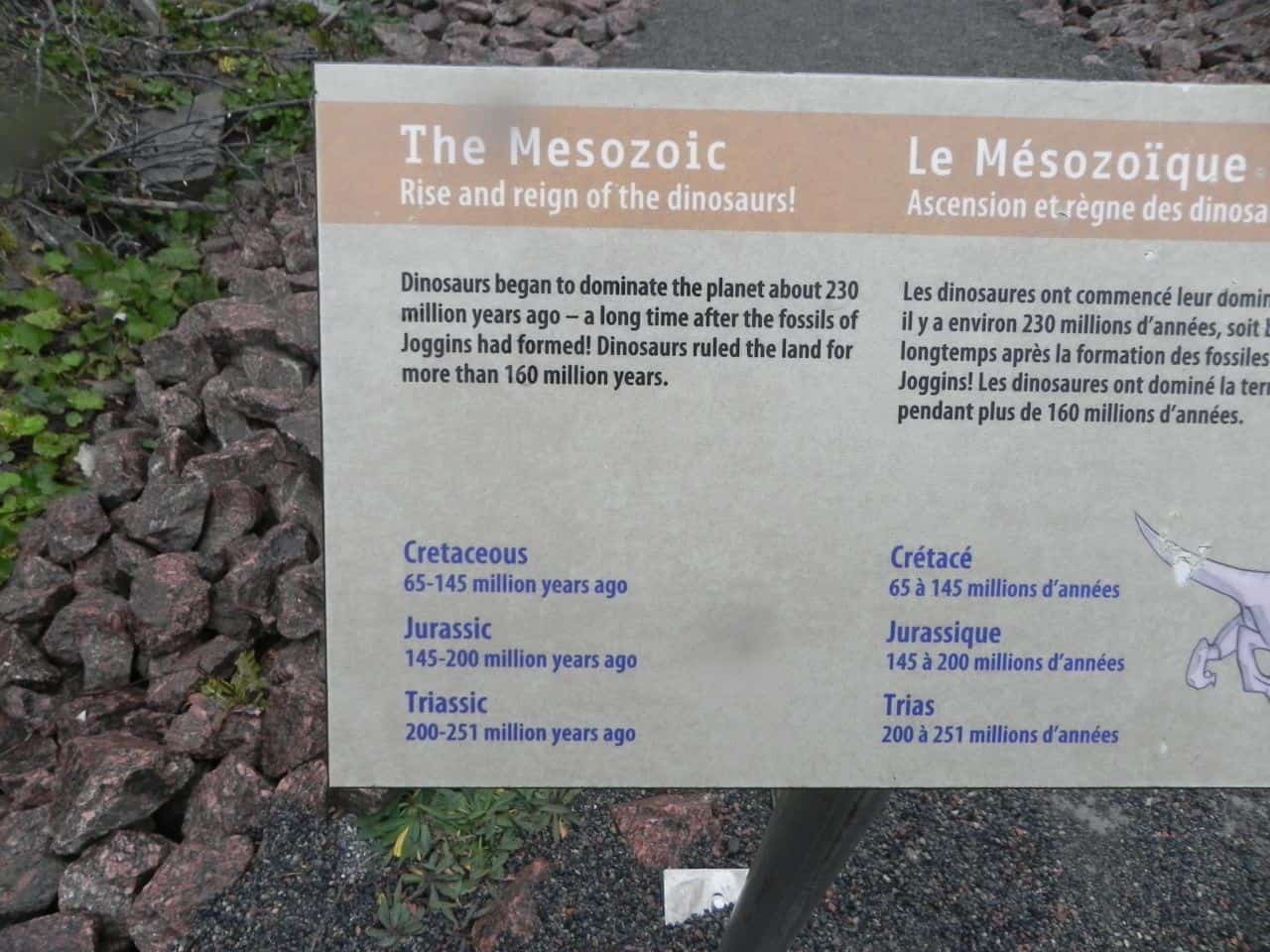

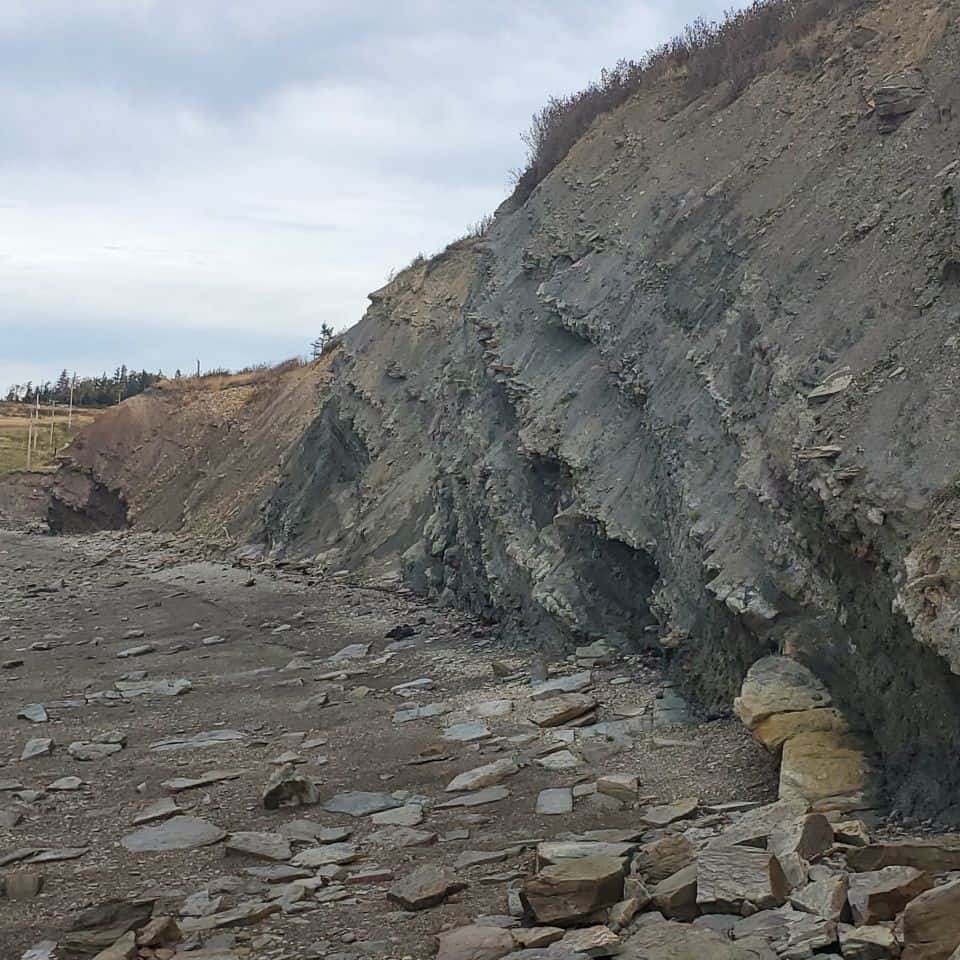


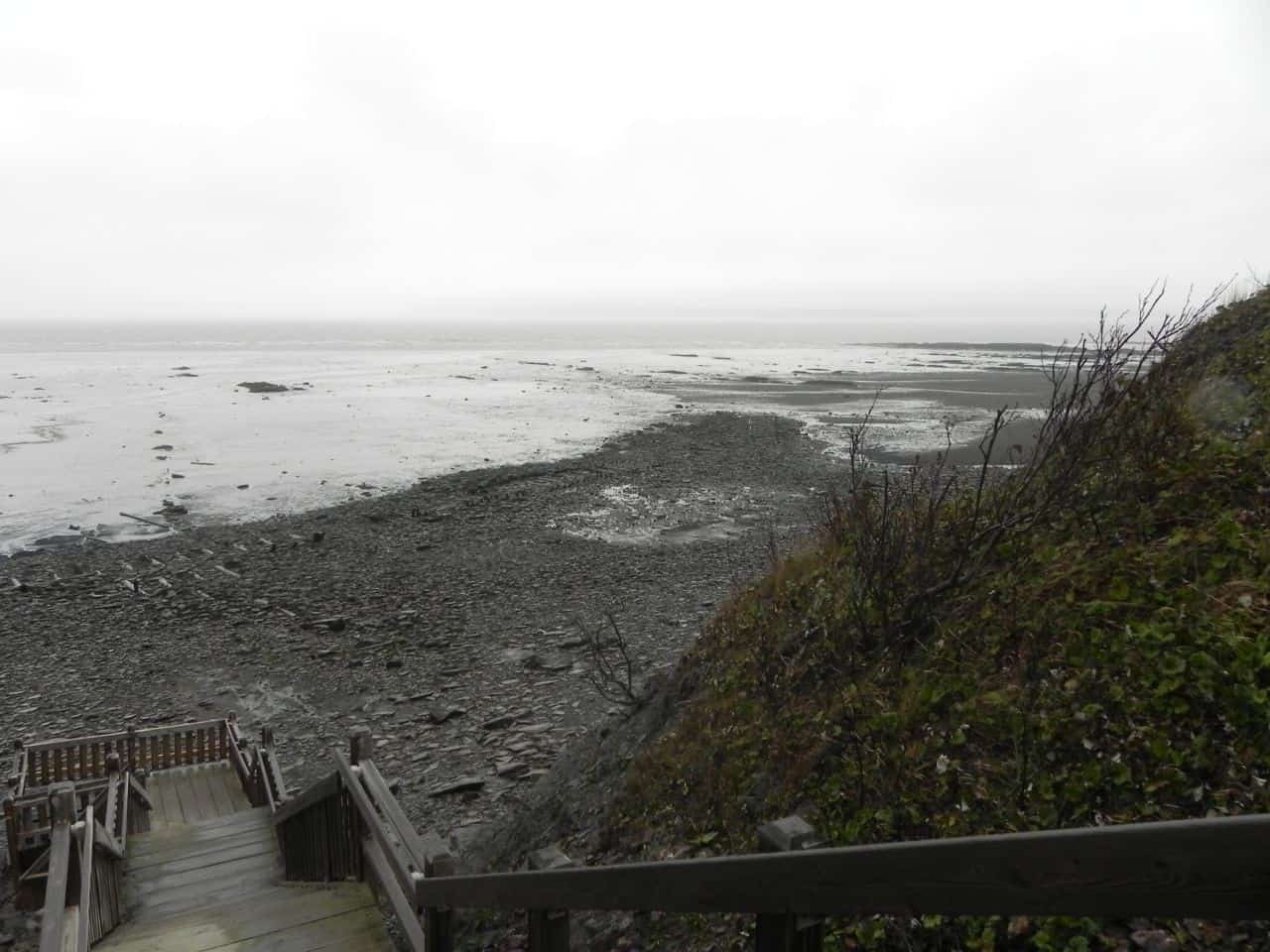

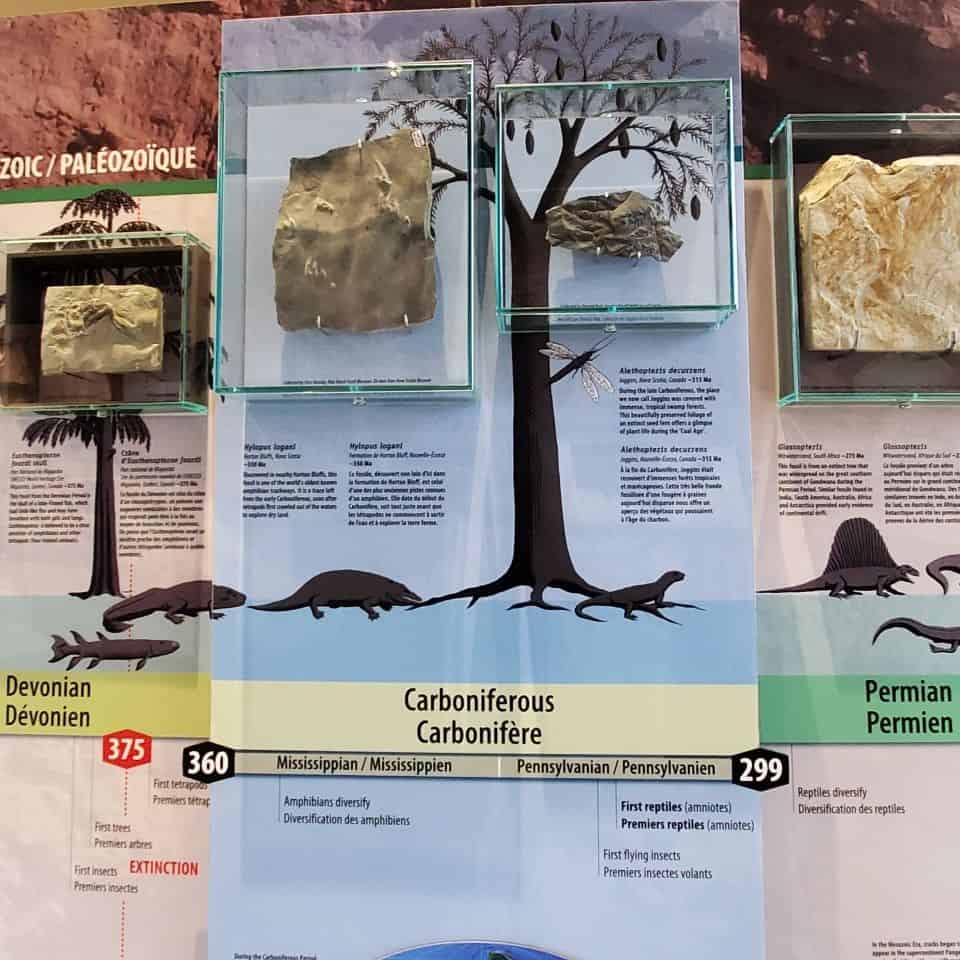

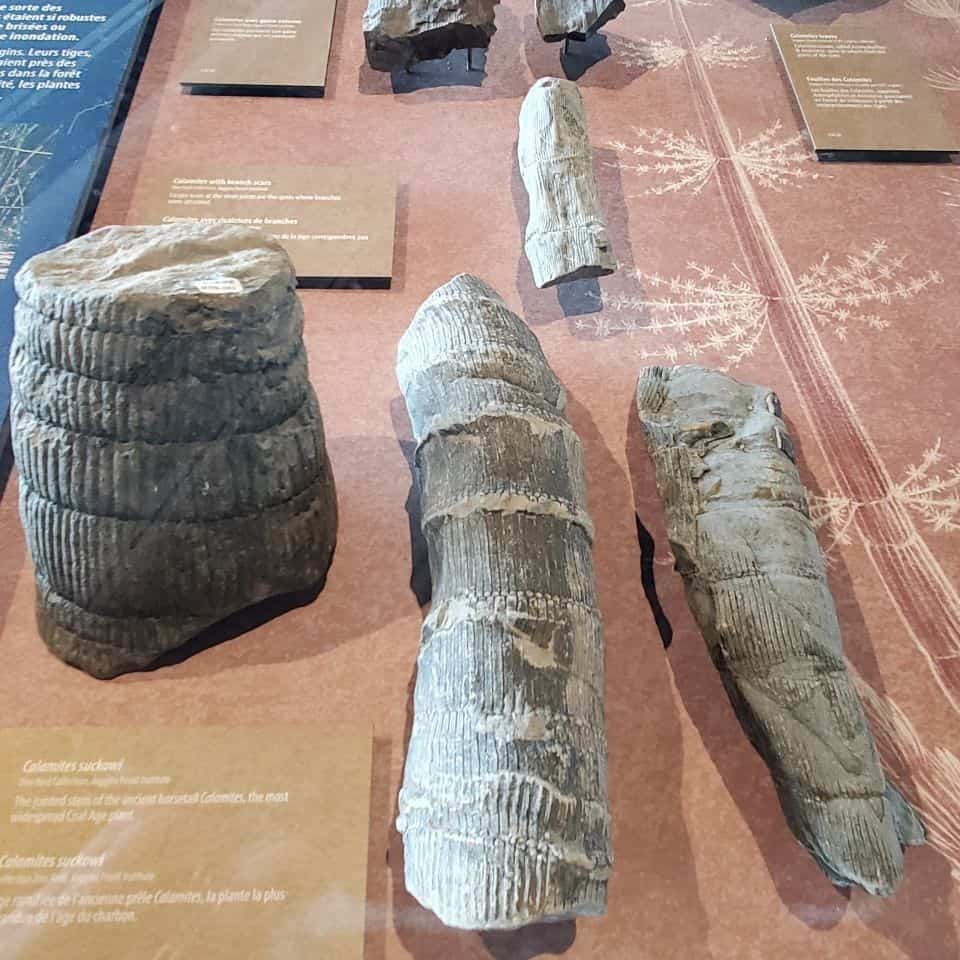
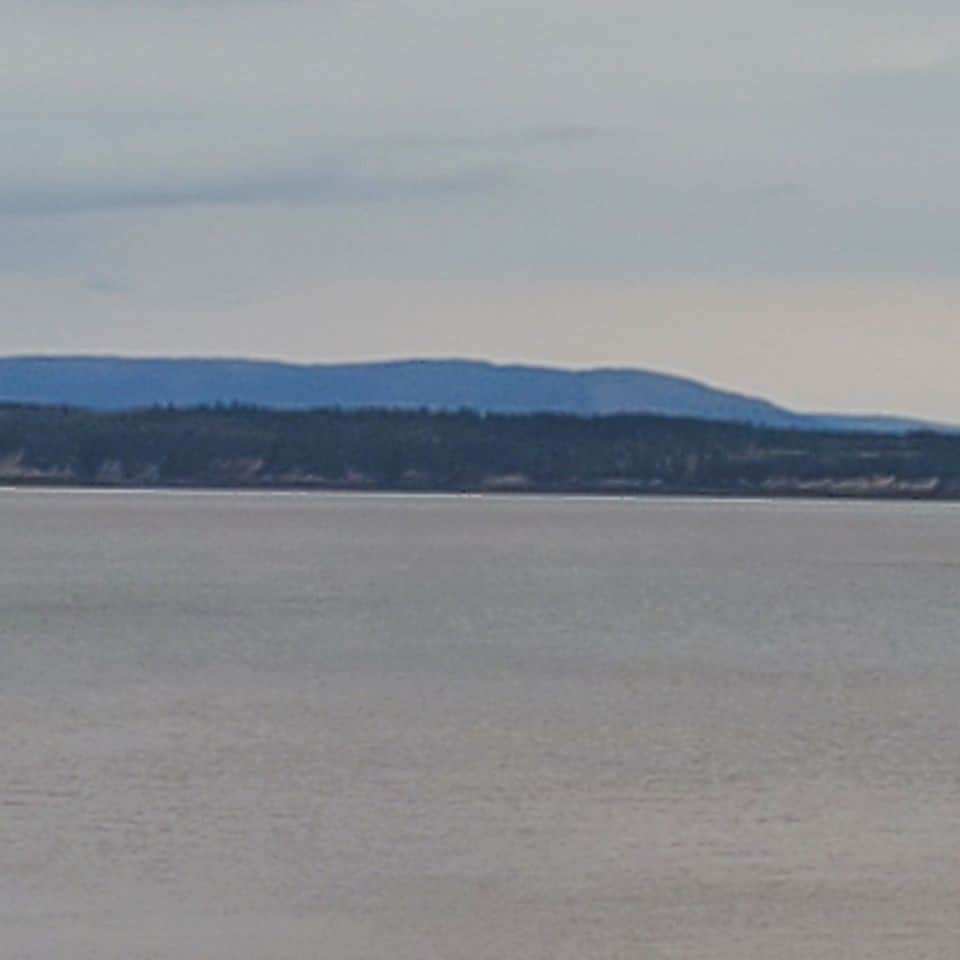

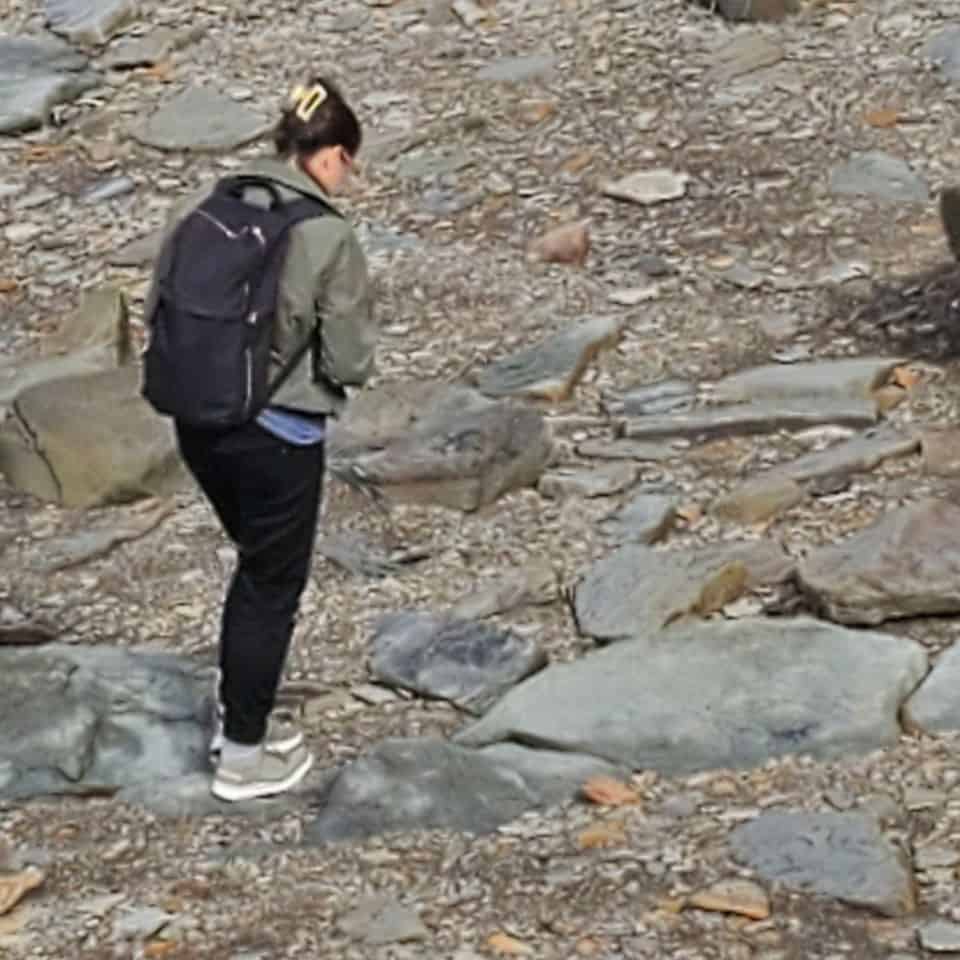




Comments 13
I love this! Thank you for sharing this special place. Definitely added to my list of must visit places when I go to Nova Scotia.
Yes, if you get to Nova Scotia, it's a must see!
I had never heard of Joggins Cliffs before, but it looks like such an interesting and cool place to visit! Thank you for writing this well written piece!
See below. My response to you skipped a line.
This is so amazing! My grandson would just love this place, also myself. Never heard of Joggins Cliffs before. Thank you for your blog, and learning about this World Heritage Site in Nova Scotia. Very interesting blog Diana.
Thanks Sonya. I grew up in Nova Scotia and never heard about it. But now that it's a UNESCO site, perhaps more people will become aware of it.
Tania, I hope you and your grandson get a chance to visit there some day.
I lived in Nova Scotia for 7 years and didn’t see this! I really love Geology, rocks and fossils. Newfoundland and Labrador also has a lot of interesting cliffs, landscape and history as well. I really enjoyed this piece on this UNESCO World Heritage Site. Great Job Diana!
Thanks, Cora Lee. I stopped at a tourist information center in Nova Scotia a few years ago, before going to Joggins the first time. The woman (a volunteer, I hope) had not heard of it. I was shocked. I would have thought every tourist bureau in the province would know about it. I went again in October just to show my daughter. I didn't have time in Newfoundland to see much in the way of geology although I've read some interesting things about the province.
This is so amazing!! Such a great read, thank you so much for sharing!
Thanks, Rene, for your kind words.
Great write up, Diana. I really like the architecture of the Joggins Fossil Centre.
Thanks, Janel. The architecture of the building appeals to me also. A much smaller version for a house would be nice.